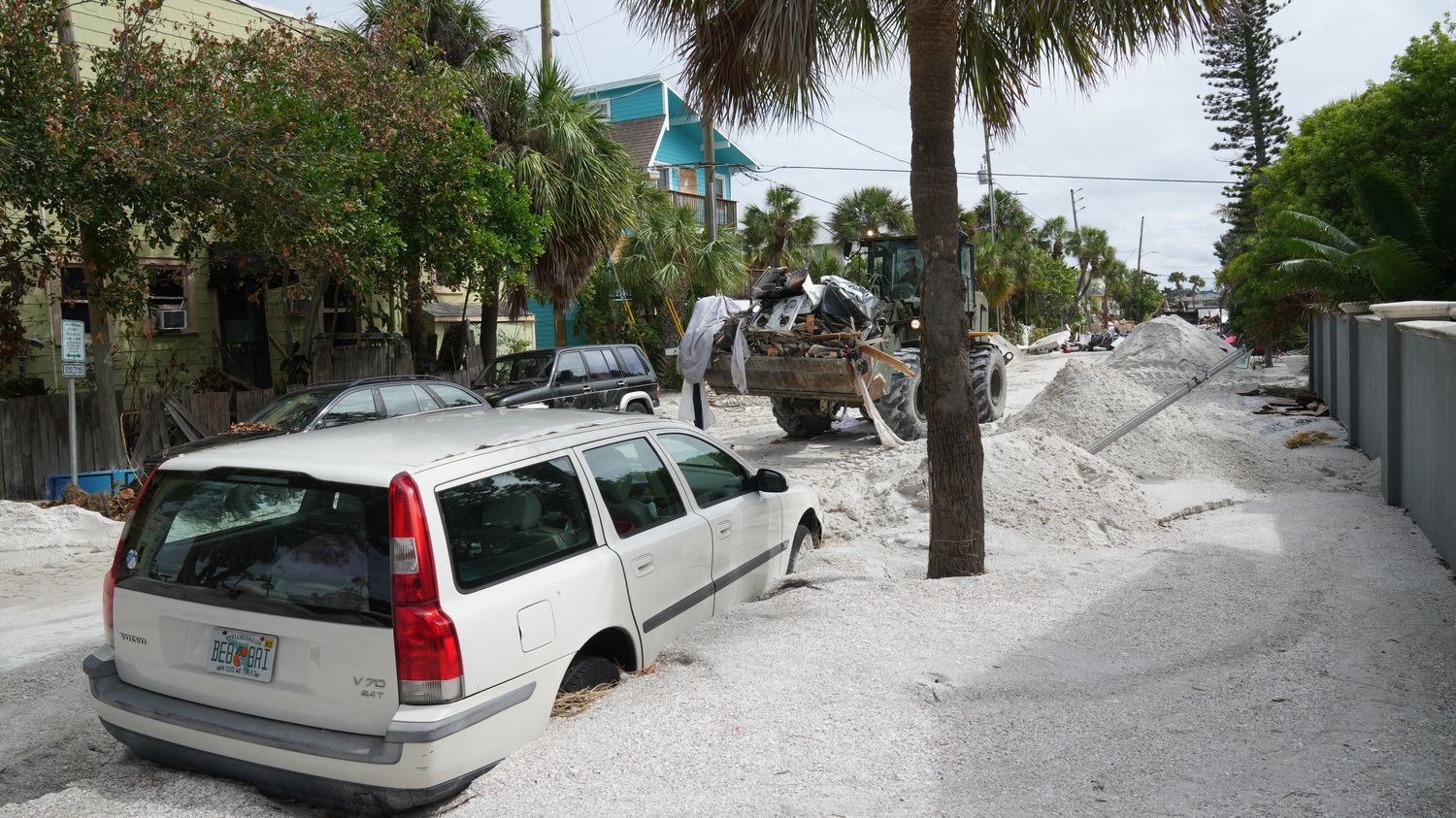The meteorological phenomenon remains “extremely dangerous”, warns the American National Hurricane Center, before its arrival on Wednesday in the southeast of the United States.

Published
Updated
Reading time: 1 min

Weaker but still threatening. Hurricane Milton was downgraded to category 4 (on a scale of 5) on Tuesday, October 8, but it remains “extremely dangerous”, announced the American National Hurricane Center (NHC). “Milton is expected to remain an extremely dangerous hurricane until it makes landfall in Florida,” the NHC said in a bulletin, specifying that the phenomenon was accompanied by sustained winds blowing at around 250 km/h.
Milton is expected to make landfall in this southeastern American state, the third most populous in the United States, during the night from Wednesday to Thursday, after having skirted the northern coast of the Mexican Yucatan peninsula on Monday and Tuesday, where it could cause “destructive waves”.
Faced with the threat posed by Milton, the Republican governor of Florida, Ron DeSantis, extended the state of emergency to 67 localities. This new hurricane is causing great concern in Florida and the rest of the southeastern United States, a large part of which has been devastated since the devastating passage of Hurricane Helene, which caused at least 230 deaths in the southeast of the country. .
By warming sea and ocean waters, climate change makes rapid intensification of storms more likely and increases the risk of more powerful hurricanes, scientists say. Temperatures in the North Atlantic have been evolving continuously for more than a year at record heat levels, well above historical records, according to public data from the American Meteorological Observatory (NOAA).
